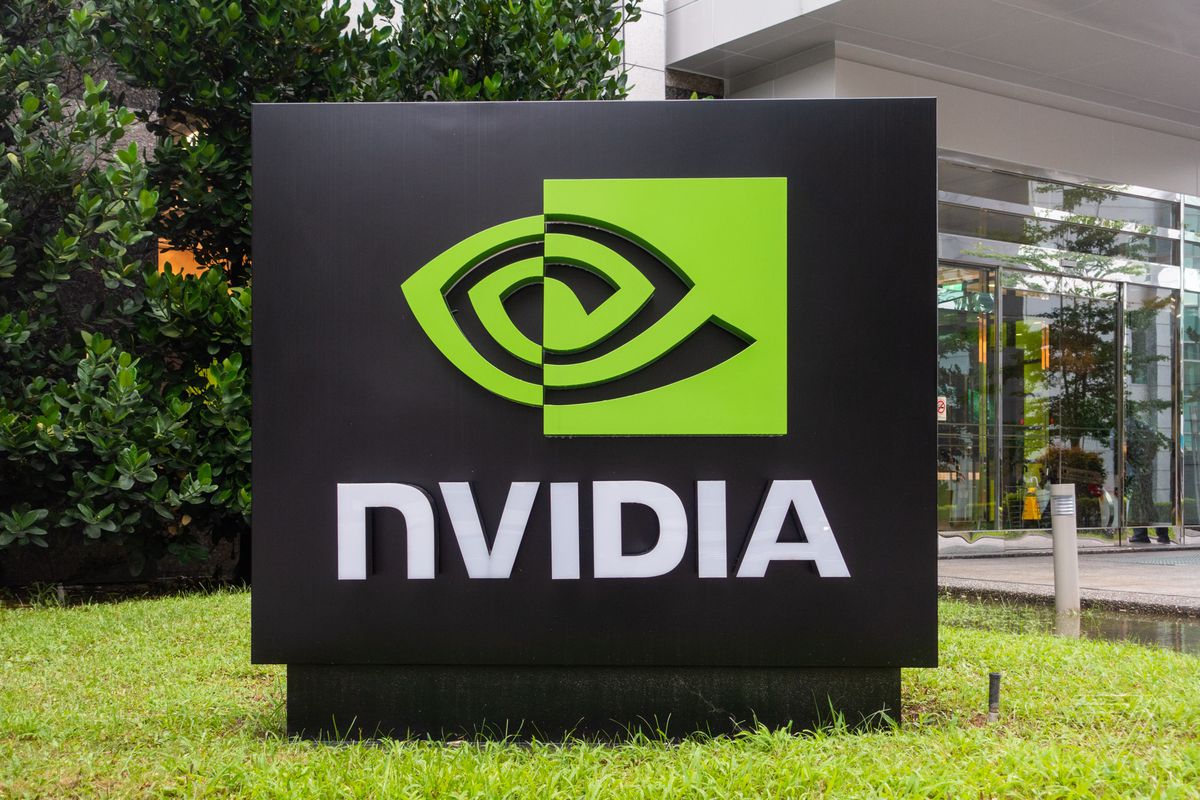Nvidia Stock Shows Higher Volatility Than Major Cryptos
31.07.2024 14:00 1 min. read Alexander Stefanov
Nvidia (NVDA) stock is anticipated to experience more dramatic price fluctuations than major cryptocurrencies like Bitcoin and Ethereum.
Recent data shows that NVDA’s 30-day implied volatility has surged from 48% to 71%, according to Fintel. In contrast, Bitcoin’s implied volatility on Deribit’s index has decreased from 68% to 49%, and Ethereum’s has dropped from 70% to 55%.
Implied volatility reflects the market’s expectations for price swings and is influenced by the demand for options. NVDA, a key player in AI and former GPU producer for crypto mining, has become a significant market indicator since ChatGPT’s launch in late 2022.
Both NVDA and Bitcoin hit lows in late 2022 and have shown a strong positive correlation since, with a 0.73 correlation in 90-day price movements. However, NVDA’s stock has fallen about 26% from its peak of $140 last month, while Bitcoin remains in the $60,000 to $70,000 range.
READ MORE:

Crypto Expert Predicts Major Bitcoin Upswing
The increase in NVDA’s implied volatility may be linked to hedging activities by market makers, a trend also observed in the crypto sector. Griffin Ardern from BloFin explains that the current high volatility in NVDA is comparable to the extreme price fluctuations seen in cryptocurrencies, driven by negative gamma trading strategies which can amplify market volatility.
-
1
Bitcoin Hashrate Declines 3.5%, But Miners Hold Firm Amid Market Weakness
27.06.2025 21:00 2 min. read -
2
Trump-Linked Truth Social Pushes for Bitcoin-Ethereum ETF as Crypto Strategy Expands
25.06.2025 19:00 2 min. read -
3
Bitcoin’s Price Closely Mirrors ETF Inflows, Not Corporate Buys
26.06.2025 11:00 2 min. read -
4
Crypto Company Abandons Bitcoin Mining to Focus Entirely on Ethereum Staking
26.06.2025 20:00 1 min. read -
5
Bitcoin Hits New All-Time High Above $112,000 as Short Squeeze and Tariffs Fuel Rally
10.07.2025 0:35 2 min. read
Top 10 Biggest Crypto Developments This Week
The latest WuBlockchain Weekly report captures a high-volatility week in crypto. From Bitcoin’s new all-time high to controversy around Pump.fun’s presale and Elon Musk’s political Bitcoin endorsement, markets are witnessing sharp shifts in momentum and policy.
Federal Reserve Chair Jerome Powell Reportedly Weighing Resignation
U.S. financial circles are bracing for a potential shake-up as reports suggest Federal Reserve Chair Jerome Powell is considering stepping down.
Peter Schiff Warns of Dollar Collapse, Questions Bitcoin Scarcity Model
Gold advocate Peter Schiff issued a stark warning on monetary policy and sparked fresh debate about Bitcoin’s perceived scarcity. In a pair of high-profile posts on July 12, Schiff criticized the current Fed rate stance and challenged the logic behind Bitcoin’s 21 million supply cap.
Bitcoin Price Hits Record Highs as Exchange Balances Plunge
A sharp divergence has emerged between Bitcoin’s exchange balances and its surging market price—signaling renewed long-term accumulation and supply tightening.
-
1
Bitcoin Hashrate Declines 3.5%, But Miners Hold Firm Amid Market Weakness
27.06.2025 21:00 2 min. read -
2
Trump-Linked Truth Social Pushes for Bitcoin-Ethereum ETF as Crypto Strategy Expands
25.06.2025 19:00 2 min. read -
3
Bitcoin’s Price Closely Mirrors ETF Inflows, Not Corporate Buys
26.06.2025 11:00 2 min. read -
4
Crypto Company Abandons Bitcoin Mining to Focus Entirely on Ethereum Staking
26.06.2025 20:00 1 min. read -
5
Bitcoin Hits New All-Time High Above $112,000 as Short Squeeze and Tariffs Fuel Rally
10.07.2025 0:35 2 min. read

